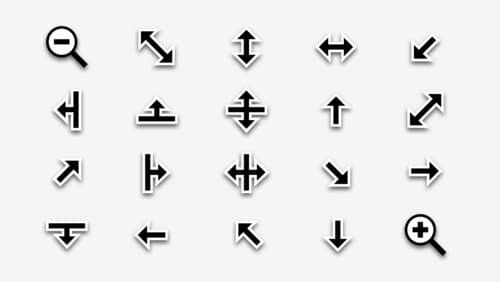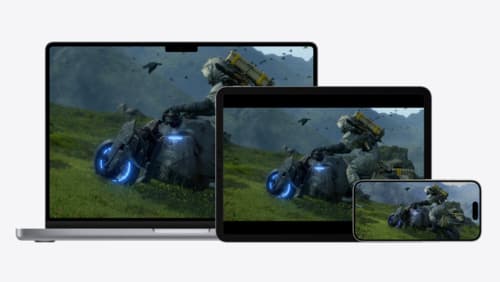How do I use NSOpenGLView?
Asked on 2024-07-31
1 search
To use NSOpenGLView, you would typically be working within the context of AppKit, which is the framework used for building macOS applications. However, the provided context from WWDC does not specifically cover NSOpenGLView.
For more detailed information on using NSOpenGLView, you might want to refer to the official Apple documentation or relevant WWDC sessions that focus on AppKit and macOS development.
If you are interested in integrating SwiftUI with AppKit, you might find the session What’s new in AppKit useful, particularly the chapter on "More SwiftUI integrations" which starts at 06:21.
Here is a list of sessions that might be relevant for macOS and AppKit development:
For specific guidance on NSOpenGLView, you may need to look at older WWDC sessions or the official Apple Developer documentation.

What’s new in AppKit
Discover the latest advances in Mac app development. Get an overview of the new features in macOS Sequoia, and how to adopt them in your app. Explore new ways to integrate your existing code with SwiftUI. Learn about the improvements made to numerous AppKit controls, like toolbars, menus, text input, and more.

SwiftUI essentials
Join us on a tour of SwiftUI, Apple’s declarative user interface framework. Learn essential concepts for building apps in SwiftUI, like views, state variables, and layout. Discover the breadth of APIs for building fully featured experiences and crafting unique custom components. Whether you’re brand new to SwiftUI or an experienced developer, you’ll learn how to take advantage of what SwiftUI has to offer when building great apps.

Port advanced games to Apple platforms
Discover how simple it can be to reach players on Apple platforms worldwide. We’ll show you how to evaluate your Windows executable on Apple silicon, start your game port with code samples, convert your shader code to Metal, and bring your game to Mac, iPhone, and iPad. Explore enhanced Metal tools that understand HLSL shaders to validate, debug, and profile your ported shaders on Metal.
